

Bringing home a stray dog can be life-changing for both you and the pup. Whether you find a lost dog on the streets or an abandoned one in need of love, welcoming them requires patience, preparation, and compassion. Stray dogs often carry fear, anxiety, or health issues that need to be addressed before they fully settle in. With the right approach and a bit of effort, you can make the transition smoother, helping your new furry friend feel safe and loved as you build a bond that lasts a lifetime.
Approach with Caution and Care
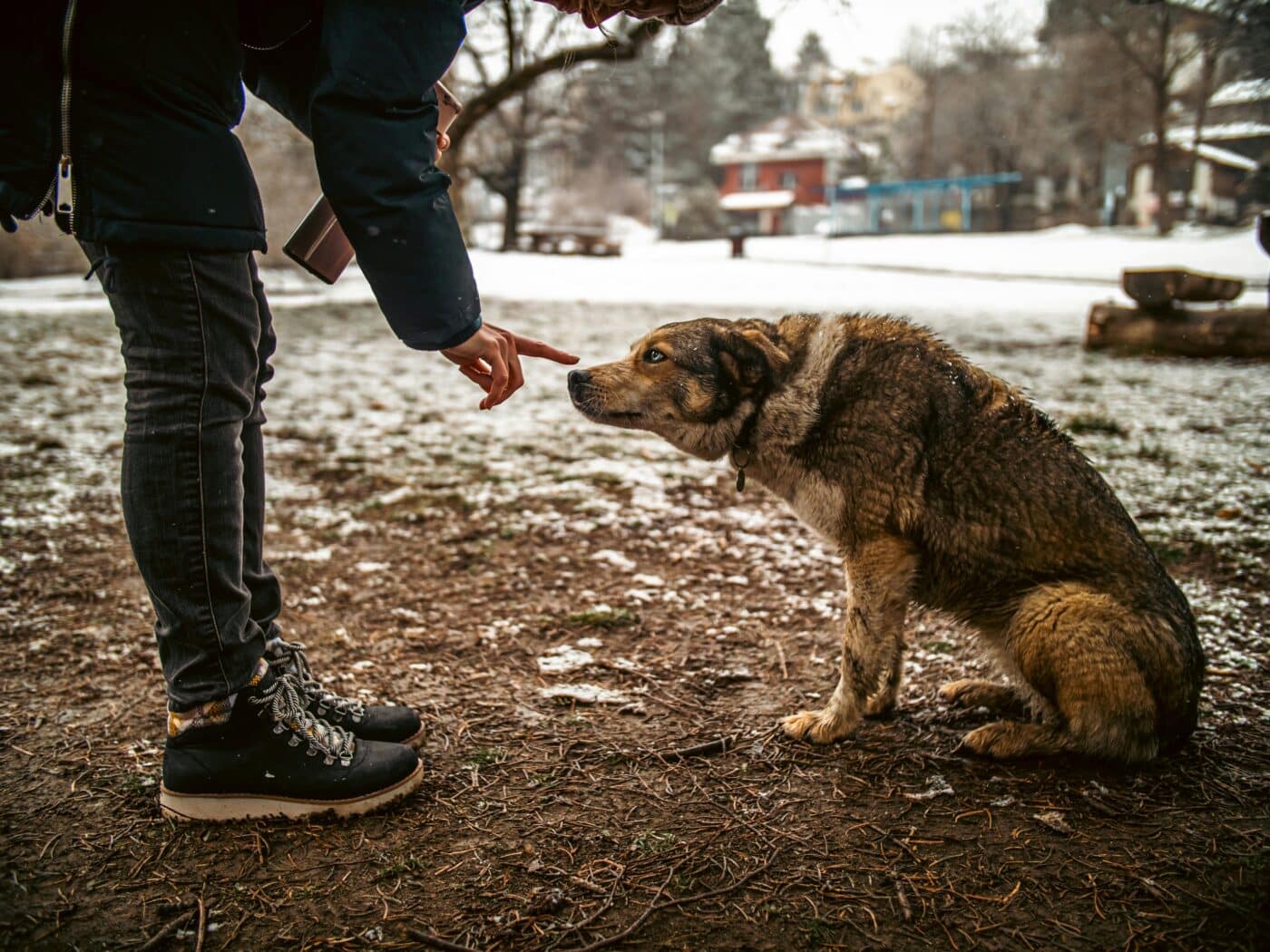
Stray dogs may be scared or unsure of humans, so approaching them calmly and gently is crucial. Sudden movements or loud noises can frighten them and make them run away or act defensively. Speak softly and avoid direct eye contact, as this can be intimidating. Let the dog come to you if they feel comfortable. If the dog is approachable, offer your hand for them to sniff. Remember, stray dogs may not be used to human touch, so be patient and give them time to feel safe. Establishing trust from the start will set the tone for your future relationship.
Check for Identification

Before assuming a stray dog is homeless, check for any form of identification. This could be a collar with a tag or even a microchip. If the dog is wearing a collar, carefully inspect it for an ID tag with contact information. If there’s no visible ID, consider taking the dog to a vet or animal shelter to have them scanned for a microchip. The dog may have an owner who is desperately searching for them. Reuniting a lost dog with their family is a rewarding experience, so be sure to explore this possibility before adopting the dog as your own.
Provide Food and Water

Stray dogs are often hungry and dehydrated, so offering food and water is a kind way to help them feel more at ease. Start with small portions of easily digestible food to avoid upsetting their stomach, as they may not have eaten in a while. Avoid feeding them anything too rich or new, as this can cause digestive problems. Fresh, clean water is equally important, especially if the dog has been wandering in the heat. Providing these basic needs is a great first step toward making the dog feel safe and comfortable in your care.
Visit the Vet for a Health Check
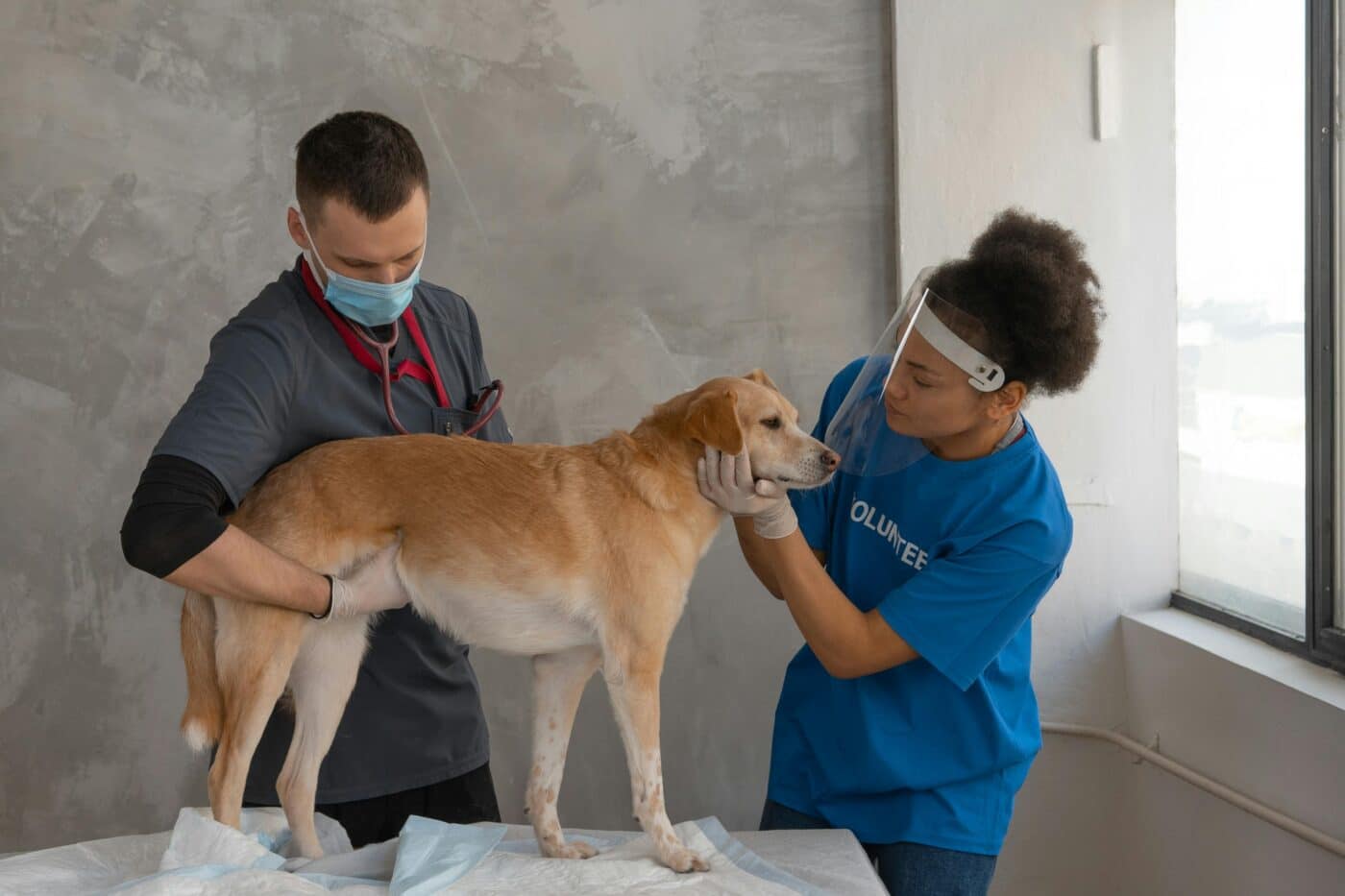
A trip to the veterinarian is essential when bringing home a stray dog. The vet will check for any illnesses, parasites, or injuries that need immediate attention and update the dog’s vaccinations. Stray dogs often have fleas, ticks, or worms that require treatment. Additionally, the vet can scan for a microchip if you haven’t already done so. Getting a clean bill of health or addressing any medical issues is crucial before introducing the dog to other pets or family members. It also helps you understand any special needs the dog may have as you integrate them into your home.
Create a Safe and Comfortable Space
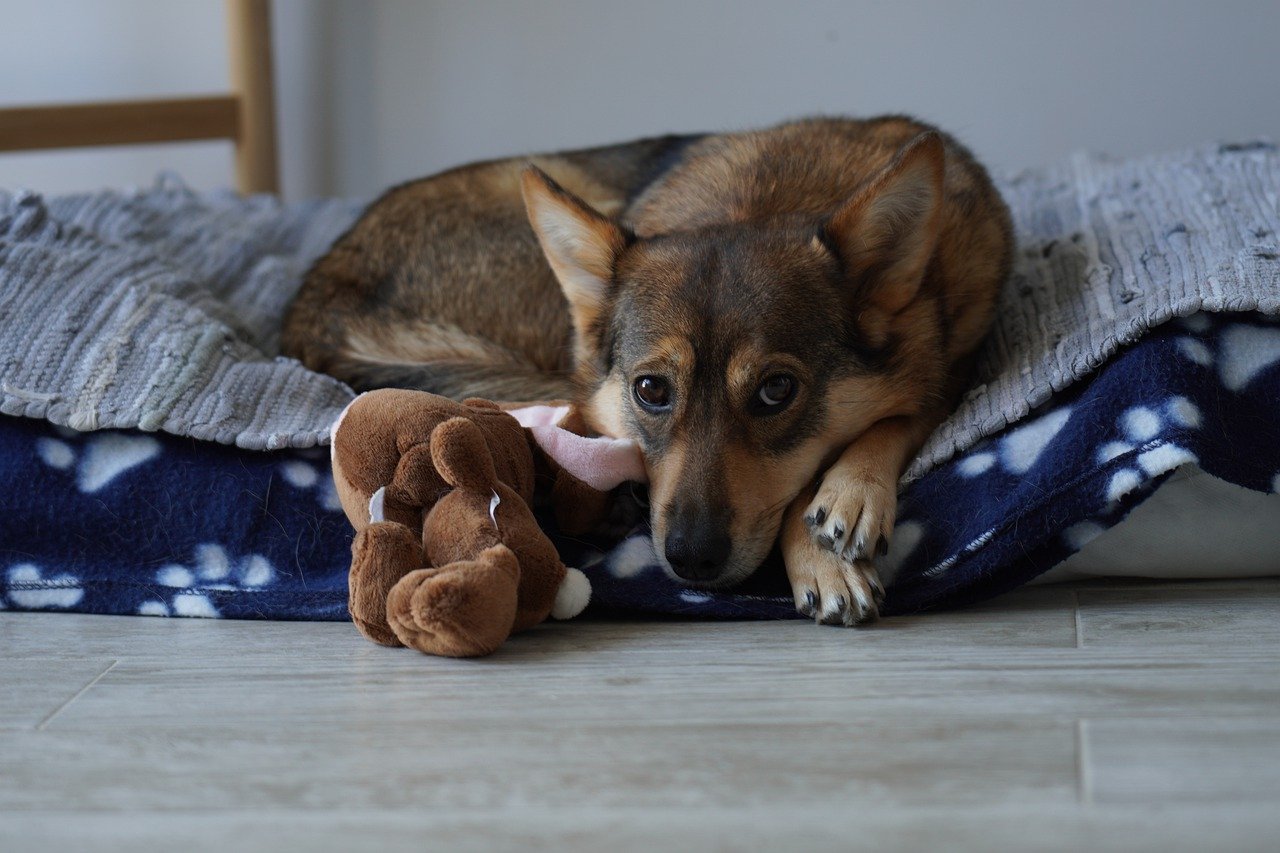
Your new dog may feel overwhelmed and anxious, so setting up a safe, quiet space for them to relax is important. This could be a crate with a soft bed or a gated-off room where they can feel secure. Make sure the area is free from hazards and filled with comforting items like blankets or toys. Give them time to explore at their own pace and avoid overwhelming them with too much attention. Creating a safe space helps the dog decompress from their time on the streets and start to feel at home in a calm, controlled environment.
Be Patient and Give Them Time to Adjust

Adjusting to a new home can be stressful for a stray dog, especially if they’ve had a rough past. Be patient and give them plenty of time to acclimate to their new surroundings. They may hide, act shy, or display behaviors rooted in fear or uncertainty. Let them come to you when they feel ready, and don’t force interaction. Positive reinforcement, like gentle praise or treats, can help build their confidence. It may take days or even weeks for them to trust you completely, but with patience and love, they’ll eventually understand that they are safe and loved.
Socialize Gradually
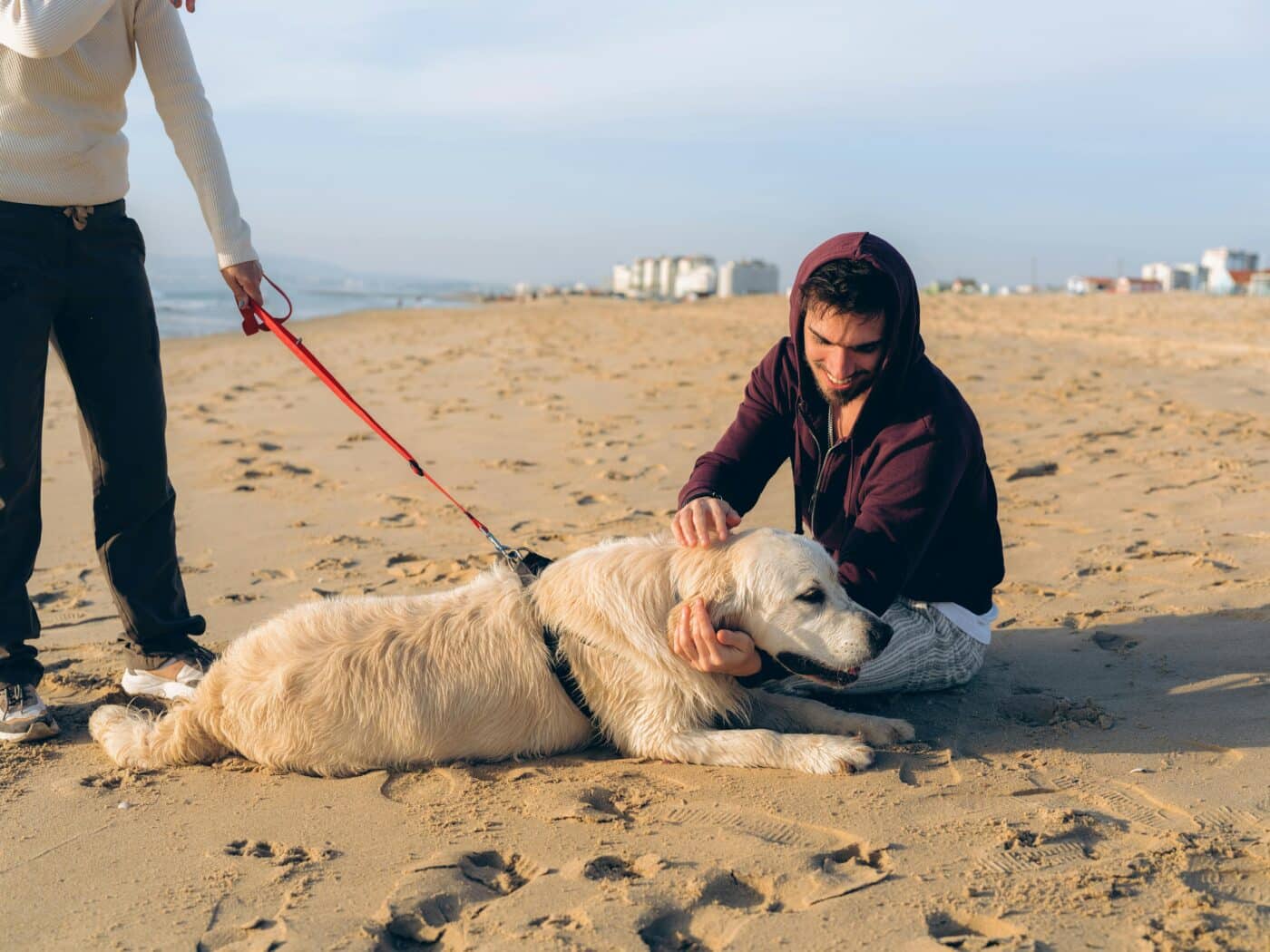
If you have other pets or family members, introduce the new dog slowly and in a controlled manner. First impressions matter, and rushing the introduction can cause unnecessary stress for everyone involved. Let the dogs sniff each other through a barrier or take them on a parallel walk before allowing face-to-face interaction. For family members, have them approach calmly and allow the dog to sniff and get to know them at their own pace. Socializing gradually helps ensure a smooth transition and builds positive relationships, making your home a harmonious environment for everyone.
Train with Positive Reinforcement
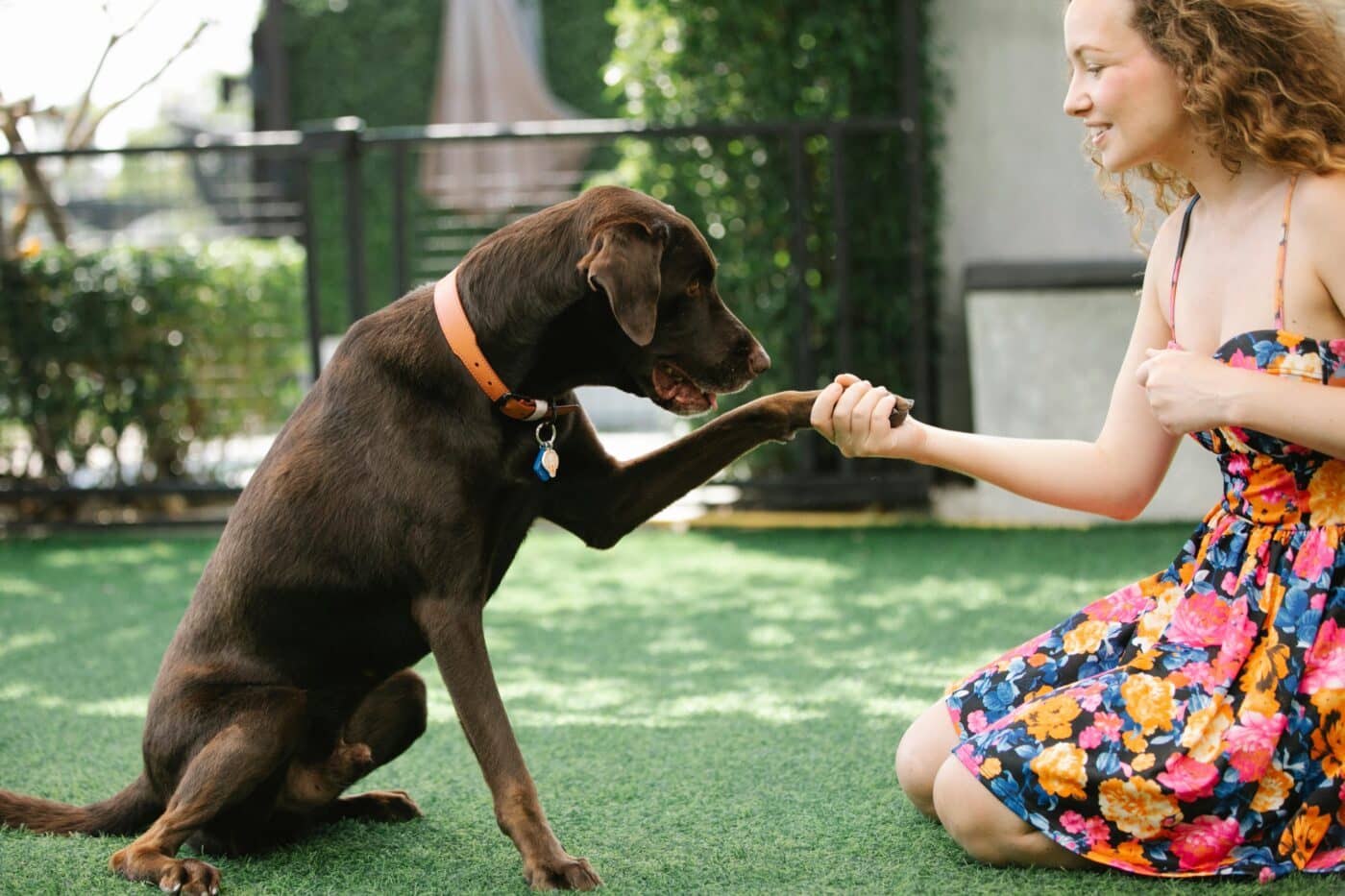
Training a stray dog requires kindness and understanding, as they may not be familiar with basic commands or house rules. Use positive reinforcement techniques, such as treats, praise, and gentle petting, to reward good behavior. Avoid punishment or harsh corrections, as these can damage the trust you’re trying to build. Start with simple commands like “sit” and “stay” and work your way up. Patience is key, especially if the dog has never been trained before. Training sessions should be short and fun, and always end on a positive note to keep your dog engaged and eager to learn.
Monitor for Behavioral Issues

Stray dogs may have behavioral challenges stemming from their past experiences. Watch for signs of aggression, fear, or resource guarding, and address these behaviors calmly and with professional guidance if necessary. It’s important to understand that these issues often stem from a lack of trust or fear and can improve over time with consistent training and love. Consulting with a professional dog trainer or behaviorist can be beneficial if the behavior persists. Remember, every dog is different, and some may take longer to feel secure and exhibit their true, loving personalities.
Provide Mental and Physical Stimulation

Stray dogs are often full of energy and curiosity, so providing mental and physical stimulation is essential. Daily walks, playtime, and puzzle toys can help burn off excess energy and keep their minds active. Activities like sniffing games, training exercises, and exploring new environments are great ways to engage your dog and make them feel happy and fulfilled. A tired dog is a well-behaved dog, so regular exercise is crucial. Tailoring activities to your dog’s energy level and breed will ensure they stay entertained and continue to bond with you through positive experiences.
Shower Them with Love and Affection
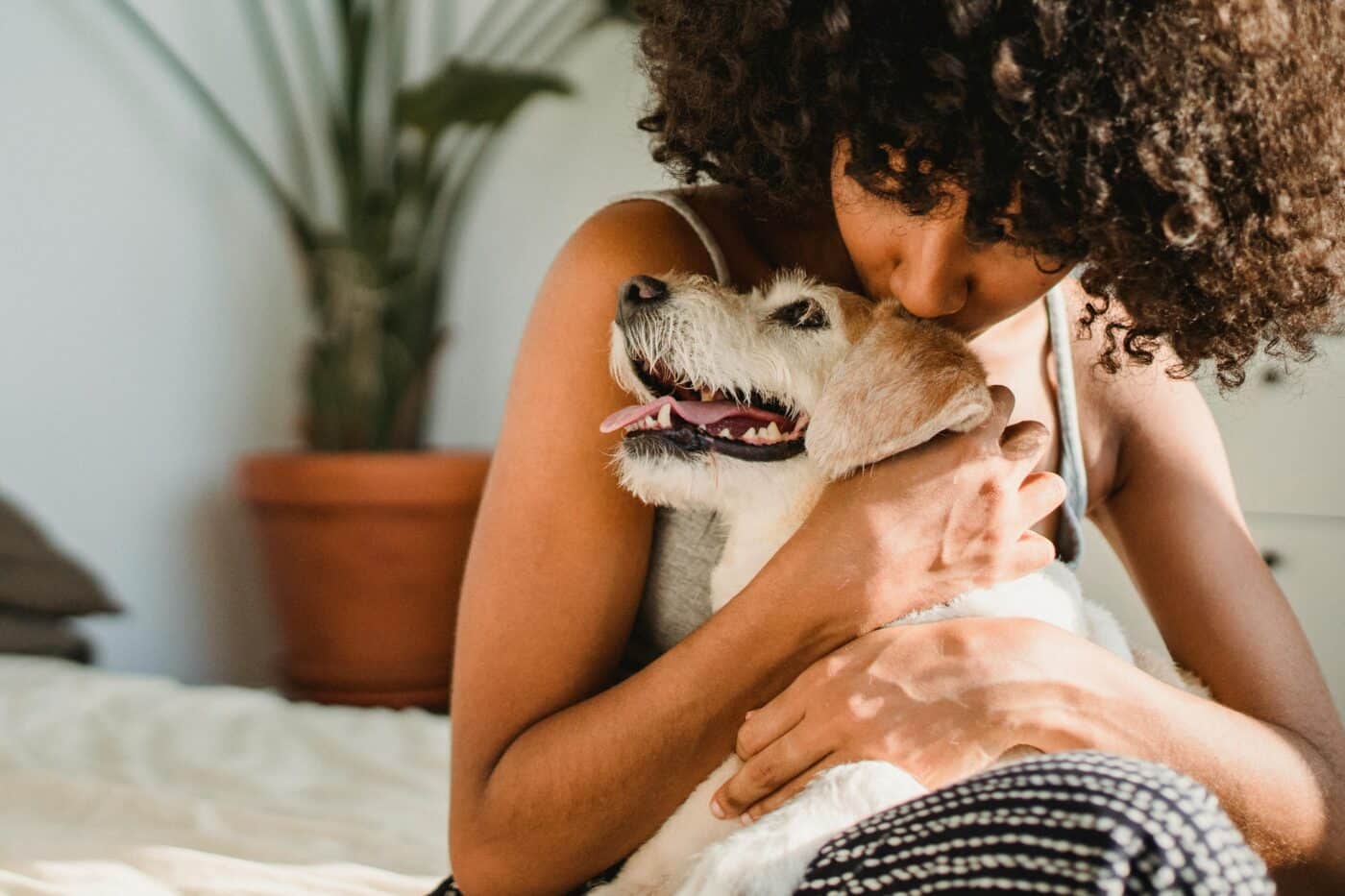
Most importantly, stray dogs need plenty of love and affection to understand that they are now part of a family. They may have experienced neglect or trauma, so showing them consistent love can make a world of difference. Cuddle sessions, belly rubs, and gentle words of encouragement help build a strong bond between you and your new companion. Celebrate small victories, like the first time they wag their tail or play with a toy. Your love and care will be the foundation for their new, happy life, and it’s what ultimately transforms a scared stray into a loyal, loving pet.
The Tail-End Guide to Your New Furry Roommate

Bringing home a stray dog is an incredible journey, full of ups, and downs, and lots of tail wags. From the first approach to showering them with love, each step builds trust and security. It’s not always easy, but the rewards are worth it. Remember, you’re not just giving a stray dog a home; you’re offering them a second chance at happiness. With patience and a thoughtful plan, you’ll become the hero they never knew they needed—and they’ll become the best friend you never knew you were missing.
The post 11 Tips For Bringing Home A Stray Dog appeared first on iHeartDogs.com.
